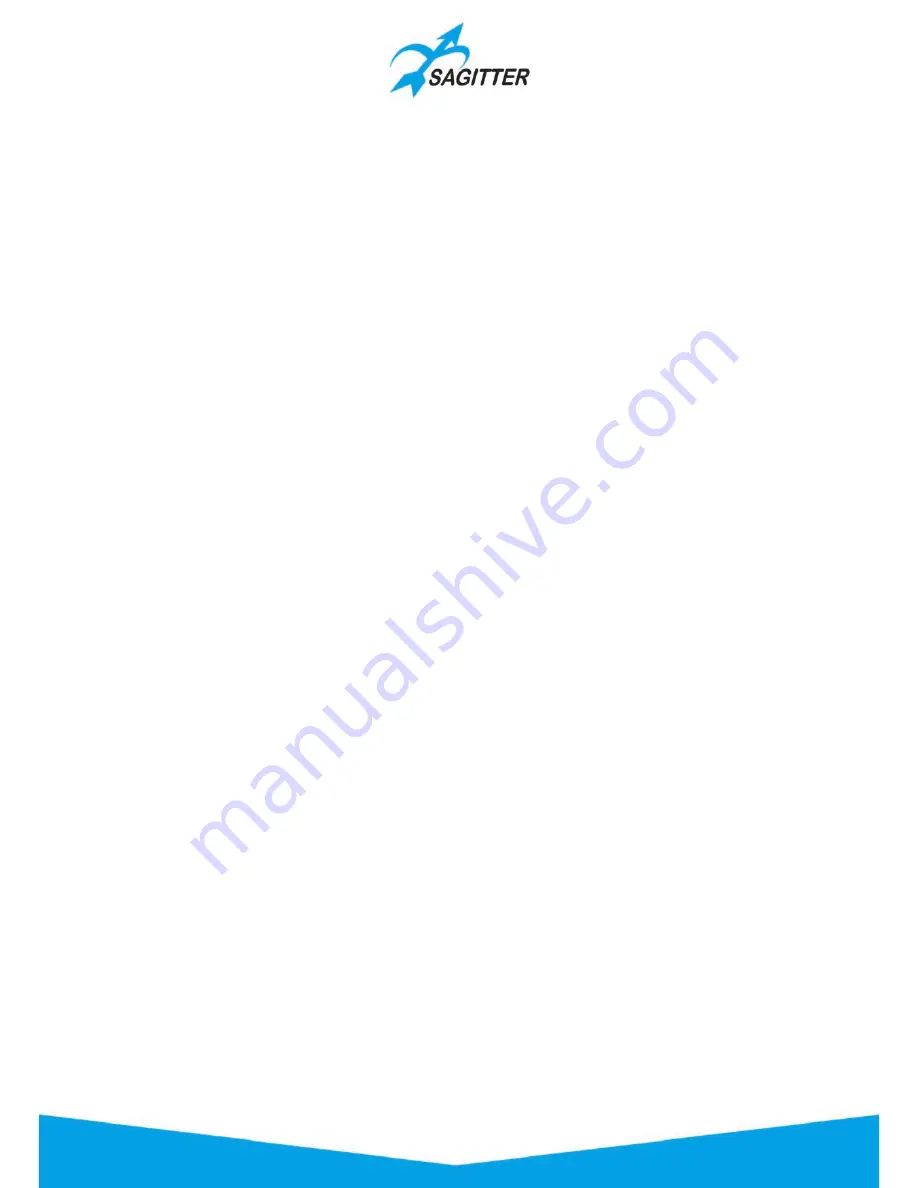
‐
Hilite
: when ‘Hilite’ is active, the ‘Hilite’ palette is applied to the selected fixture,
which temporarily opens the shutter and sets the dimmer at 100% without
inserting the correspondent values in the EDITOR. It is a useful function to create
cues or palettes leaving the shutter and dimmer values as ‘Empty’, for example for
aiming the pan and tilt.
‐
Locate
: applies the locate palette to the selected fixtures, which assigns a nominal
value to all the fixture’s parameters. Typically, this command is used before starting
to program the cues
.
‐
Unsel all
: deselects all selected fixtures.
‐
Effects
: opens the Effects’ window.
‐
Qlist
: opens the cue-list view for the current register
.
3.
Parameters Toolbar
Pressing one of these buttons, the top 4 parameters of the corresponding set are displayed
and can be edited by the Touch Sliders. If the selected set has more than 4 parameters,
press the button again to scroll through them all, 4 at a time.
The LED over the button shows the current selected set of parameters.
4.
Touch Sliders Toolbar
These buttons show which parameter is assigned to each Touch Slider: acting on the Touch
Slider is possible to change the parameter value for all selected fixtures.
Pressing the button a virtual numeric keypad appears that allows to input directly the
number for the parameter or to take back the parameter at the ‘Empty’ state using the
‘Free’ button.
The elements that form the Touch Sliders’ buttons are:
a)
LED of channel state:
‐
Off: all parameters linked to the Touch Slider are ‘Empty’.
‐
Red: all parameters linked to the Touch Slider are controlled by the editor.
‐
Yellow: only some parameters linked to the Touch Slider are controlled by the
editor.
b)
Analog view of the parameter value.
c)
Name of the parameter and its numeric value. If the parameter value is the value
stored in a palette, then the palette name is shown. When the parameters assigned to
the button have different values, then three asterisks are shown.
5.
Fixture List
Each one of these buttons corresponds to a fixture of the show: pressing the button
alternatively it selects or deselect the correspondent fixture. The elements that form the
buttons are:
a)
Fixture ID: ID number of the fixture that puts in order the button view. They can be also
not consecutive numbers and they vary from 1 to 9999.
b)
Status LED of the fixture channels:
‐
Off: all parameters of the fixture are ‘Empty’.
‐
Red: all parameters of the fixture are controlled by the editor.
‐
Yellow: some parameters of the fixture are controlled by the editor.
c)
Selection LED of the fixture:
‐
Off: the fixture is not selected.
25
Содержание QUIVER
Страница 1: ...User Manual English Software Release 1 10...
Страница 61: ...61...






























